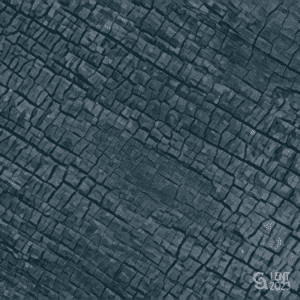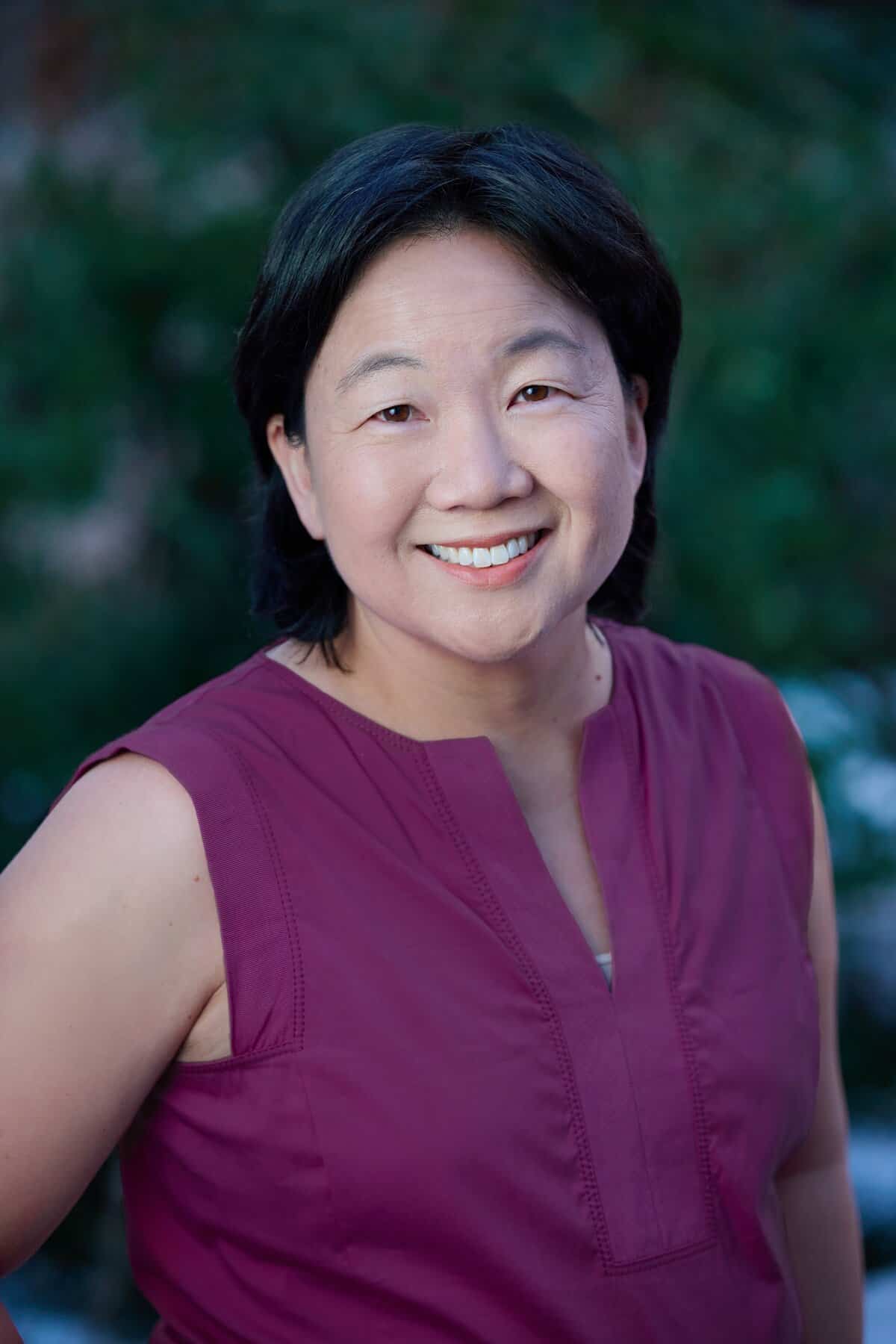You can listen to an audio version of this piece here.
 Walking the pathway, I wanted to look up at the stony landscape. But the path was so pebbly that I had to keep my eyes on the ground to keep from stumbling. So when I finally stopped and looked up, I was confused.
Walking the pathway, I wanted to look up at the stony landscape. But the path was so pebbly that I had to keep my eyes on the ground to keep from stumbling. So when I finally stopped and looked up, I was confused.
The country of Jordan, and Bethany Beyond the Jordan in specific, didn’t look how I thought it would. I searched for the arid stonescapes depicted in the illustrated Bible of my childhood. I searched for caves and rocks, for a desert wilderness. But instead, in the place where John the Baptist once called out, tall grasses waved, antagonized by greenish underbrush, and small pockets of water gathered. Beneath it all was the stony, pebbly ground.
I had journeyed to Bethany beyond the Jordan for the first time–a personal pilgrimage of sorts–to one of the places that formed my Christian faith. The idea of pilgrimage was a foreign concept to me—it had not part of my Christian faith up to now. But after many months of virtual and electronically mediated connections, I was ready to be physically present, in this place, with all my senses–and my soul–wide open.
My friend and ministry partner Kathy joined on the journey. We ventured to the Dead Sea and floated. We visited the church that sits at the historic site of Jesus’ baptism, where an ancient mosaic is laid in the floor church. We learned that the mosaic is a map, a guide to direct pilgrims to the various holy sites, and located in its shapes the places we had visited. In my soul, I felt the connection to a deeper community, one that transcends time, a community of those who have walked and journeyed before me, deepening their faith through a visit to these places. The stories I had read in the Bible that can so easily become a abstract came to life before my eyes. This practice of walking helped connect my faith to my body.
This Lenten season, I’m committing to a practice of walking and breath prayer. Walking is a practice to try to bring my faith into my body, but it’s also a statement that God’s presence, so palpable in Jordan, is found close to each one of us. Do we have eyes to see? Are we awake enough to notice? So much of my spiritual upbringing was in the reading of Scripture, of critically analyzing and thinking, a faith of statements and theological positions. But I had begun to recognize the roots of criticism in my own heart. My hope is that my prayerful walking will help me be alert to the seeds of cynicism or an overly critical nature.
Over the past couple of years of retreats, conferences, and mentoring meetings, I’ve become convicted of the importance of taking care of the body, the soul, and the mind. Of loving God with our whole selves. I had often viewed my body—and its many limitations—as an obstacle to be overcome. Nothing will slow me down, I used to think!
But in trying to be a part of God’s justice, in the face of AAPI hate speech, I began to recognize the toll that this work takes on my body. One of my mentors said that “self-care is an act of protest.” I understood this to mean that when people try to silence, make invisible, and marginalize people, caring for my body and affirming its “made-in-the-image-of-God”ness is an act of protest.
The journey was a helpful practice of embodying and living out my faith, of praying with my feet, of using my senses to pray and express a faith that refuses to be only intellectualized. I’m deeply grateful for the extravagant gift of this trip and the luxurious privilege of a blue passport that opens many doors, visa-free.
Thus this journey to Jordan, these words of compassion and care, the yearning for an embodied faith, and a desire to be alert to God’s presence resulted in my desire to spend this Lenten season in walking and prayerful breathing. Jesus’ journey to the cross, which this Lenten season marks, seems gritty, fleshy, and messy. And as I try regularly to walk in my neighborhood, I offer my openness to what God might have in this particular season.
This is how I understand Jesus: the embodiment of God, brought near, in human shape, but divine. And so is the pilgrimage—the journey to the sacred.
Incarnation, God made flesh, is central to the heart of my Christian faith. I walk my neighborhood and my small garden differently now. While Bethany Beyond the Jordan is one place, sacred and historical, I’m trying to carry that experience, that spiritual practice, into my daily life, into my neighborhood. I’m trying to hold onto the intentions behind pilgrimage and translate it into a daily practice that doesn’t require a plane ticket, multiple days, or a passport. This trip to Jordan restored to me a local faith, an embodied faith, and a faith that I hope brings peace and God’s love to the places where I am.
 Nikki Toyama-Szeto is the Executive Director of CSA.
Nikki Toyama-Szeto is the Executive Director of CSA.


